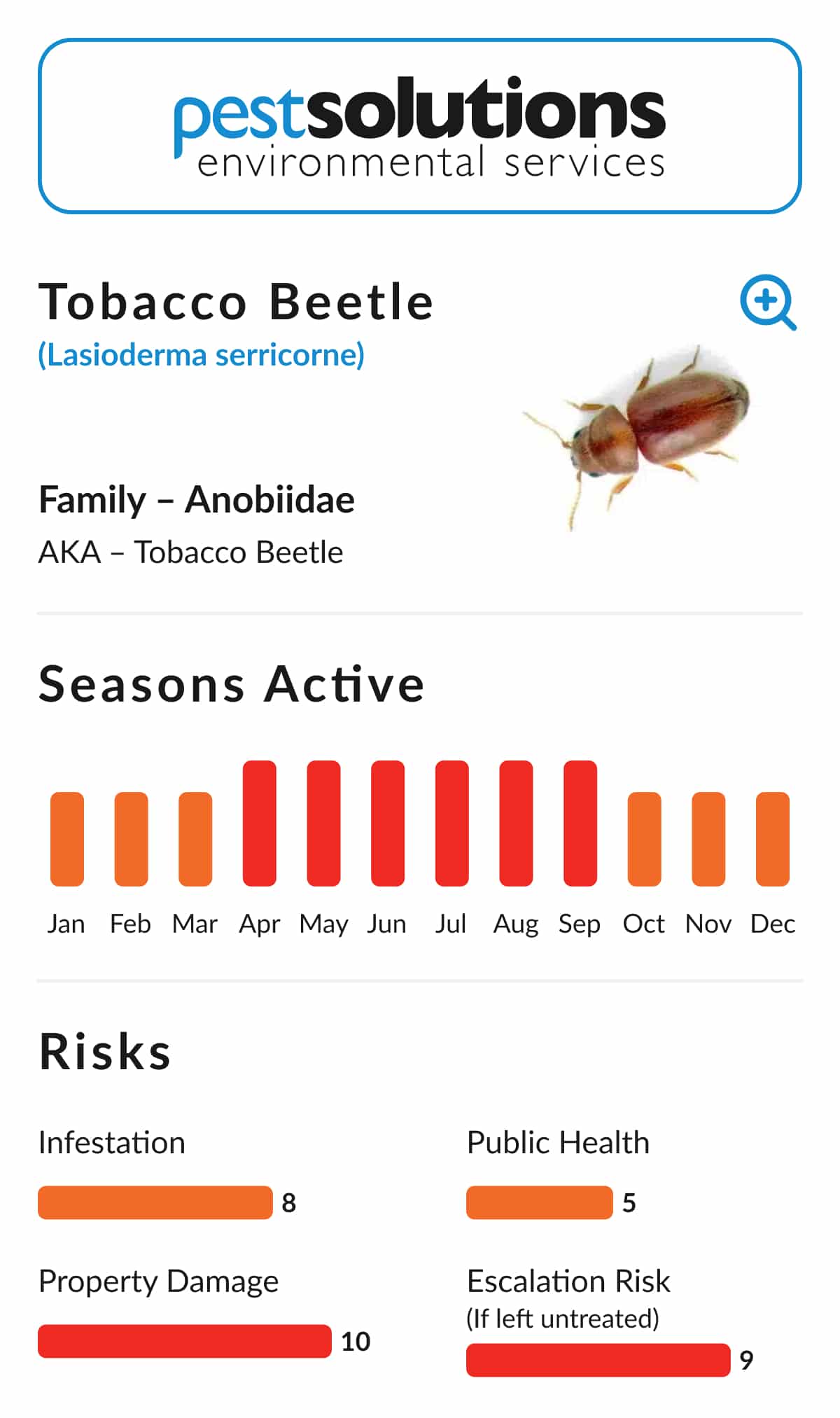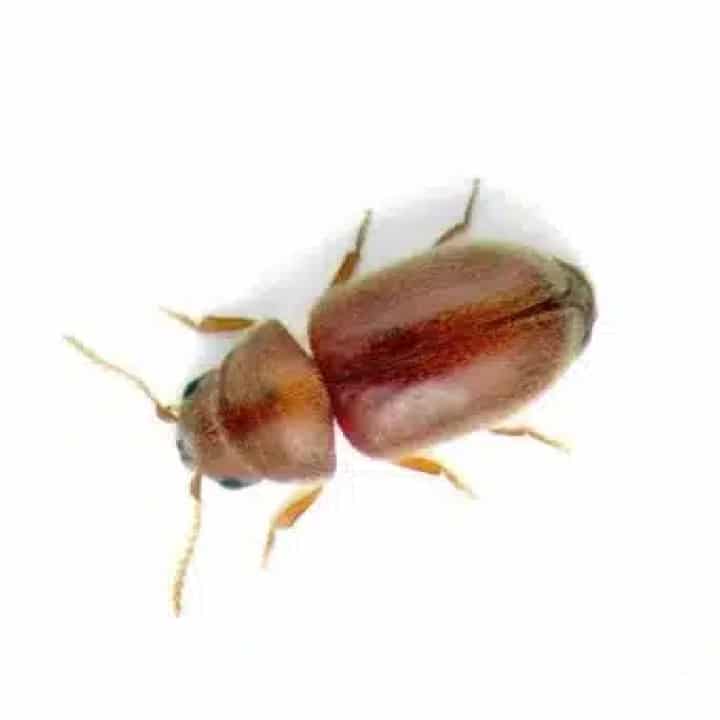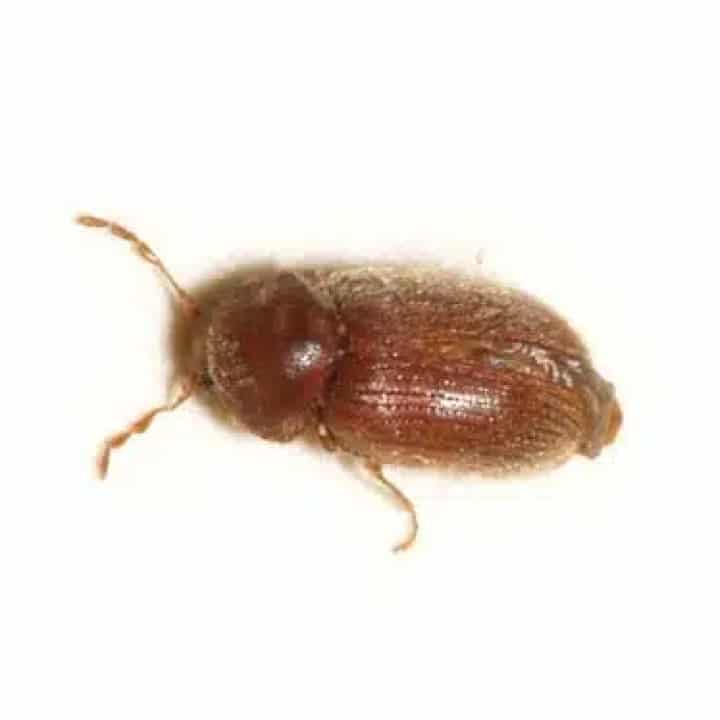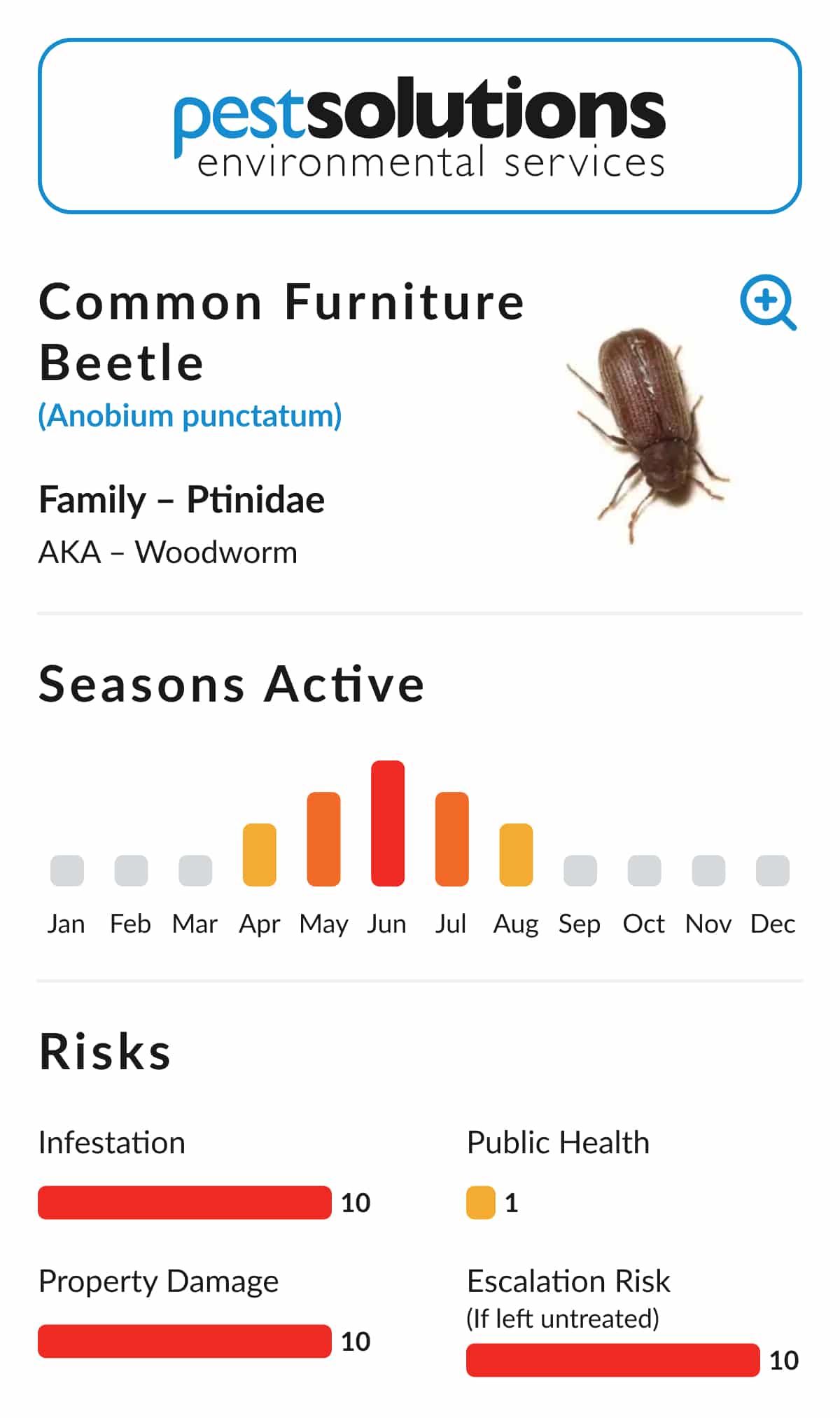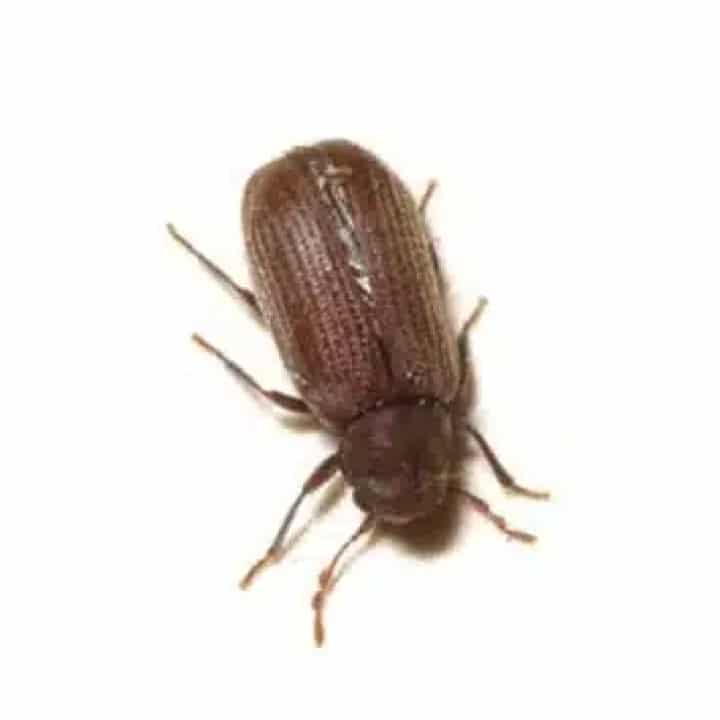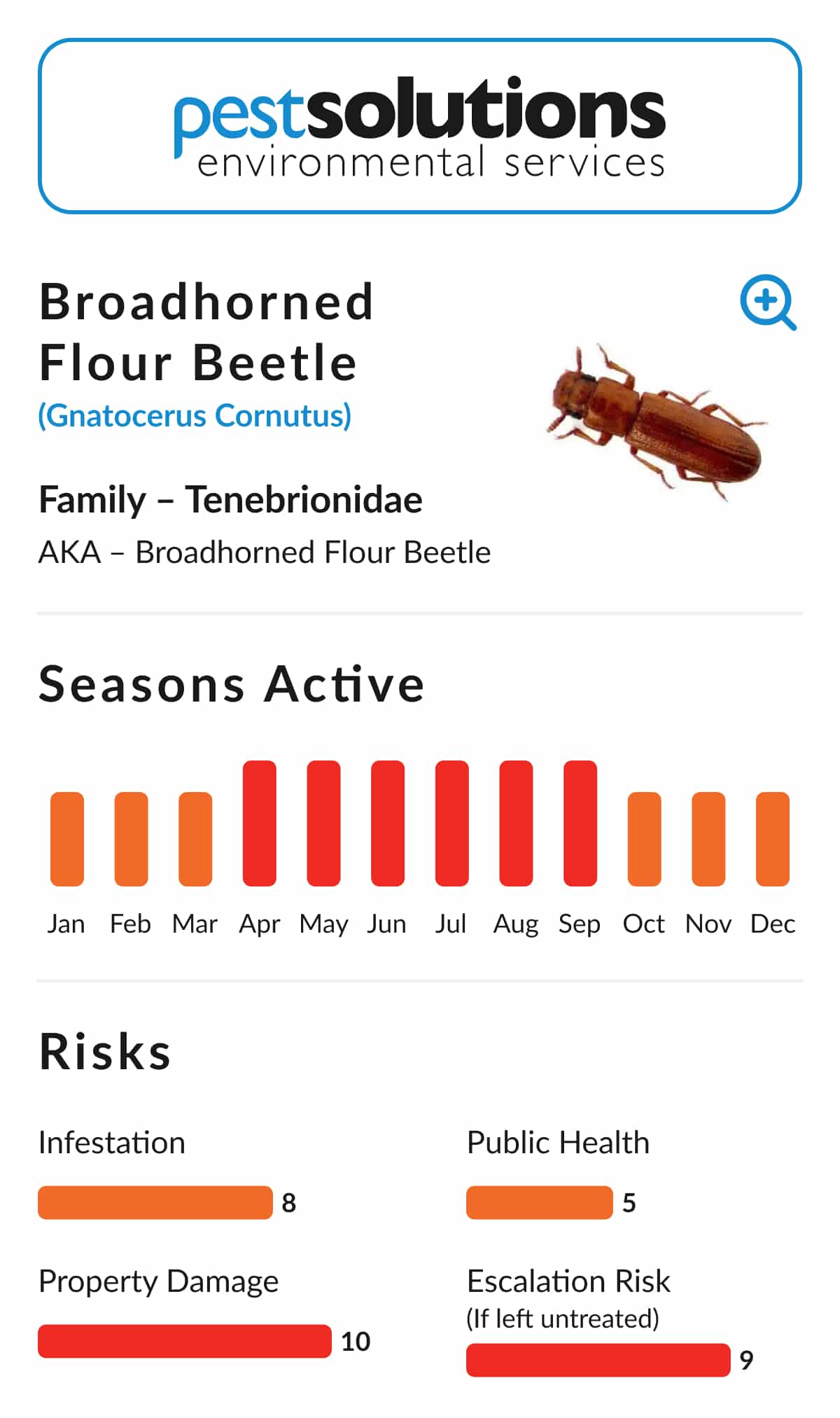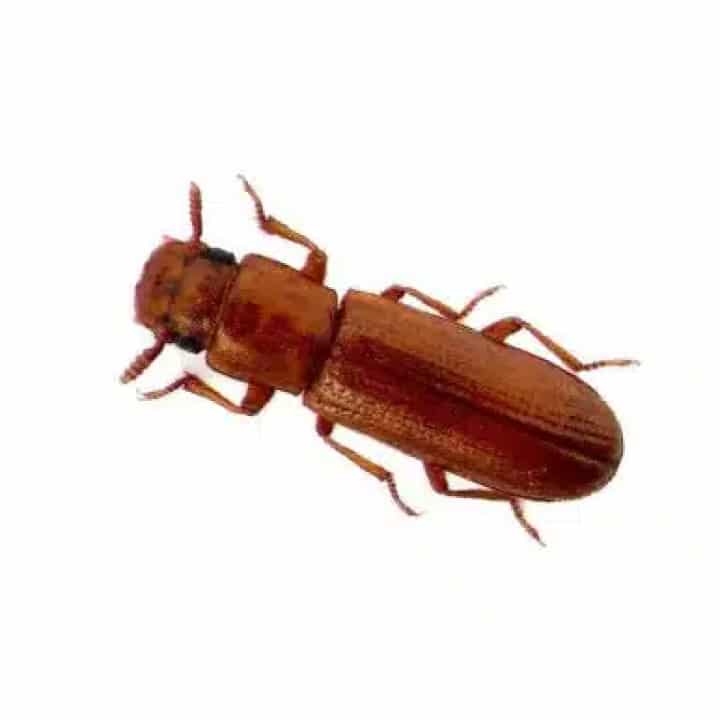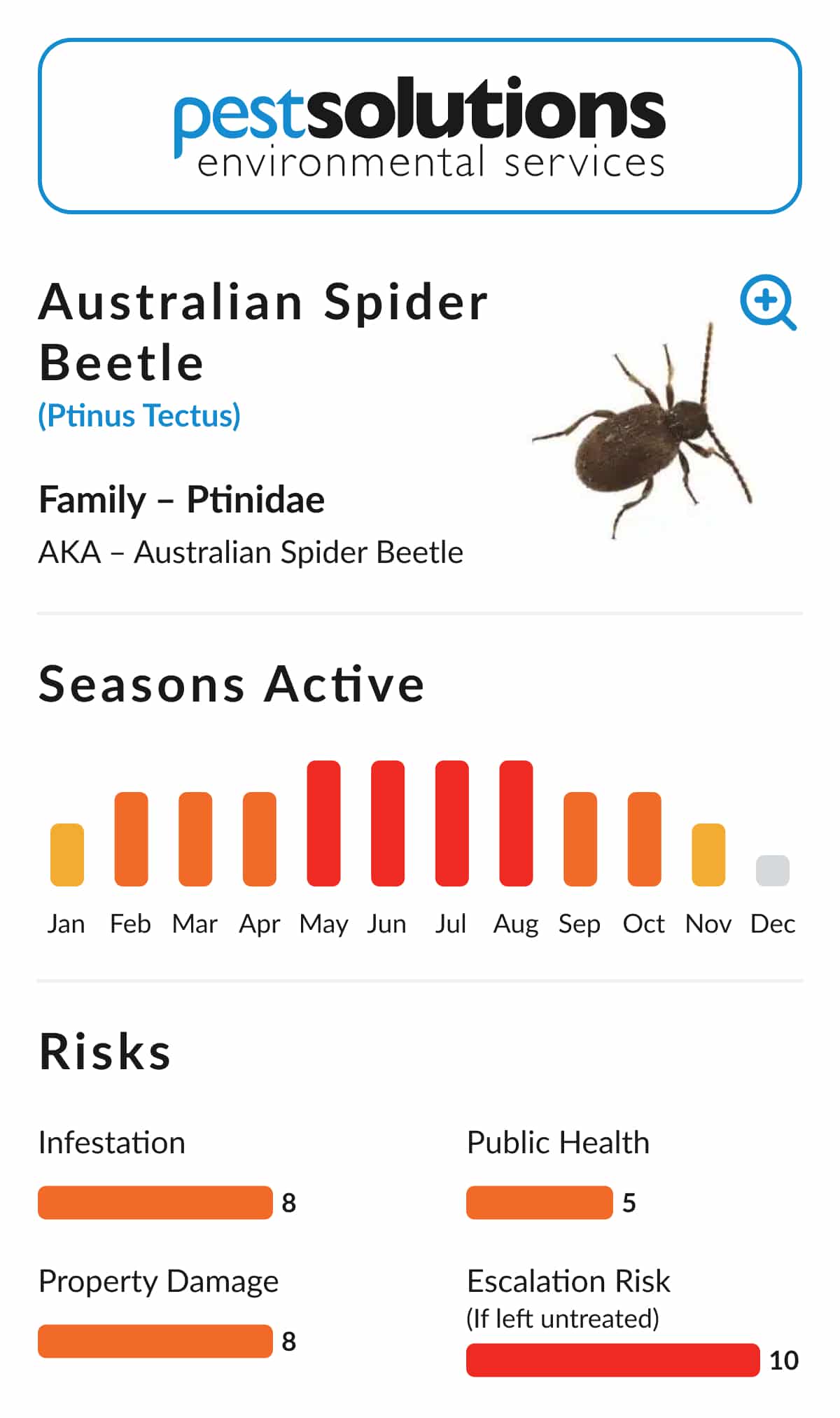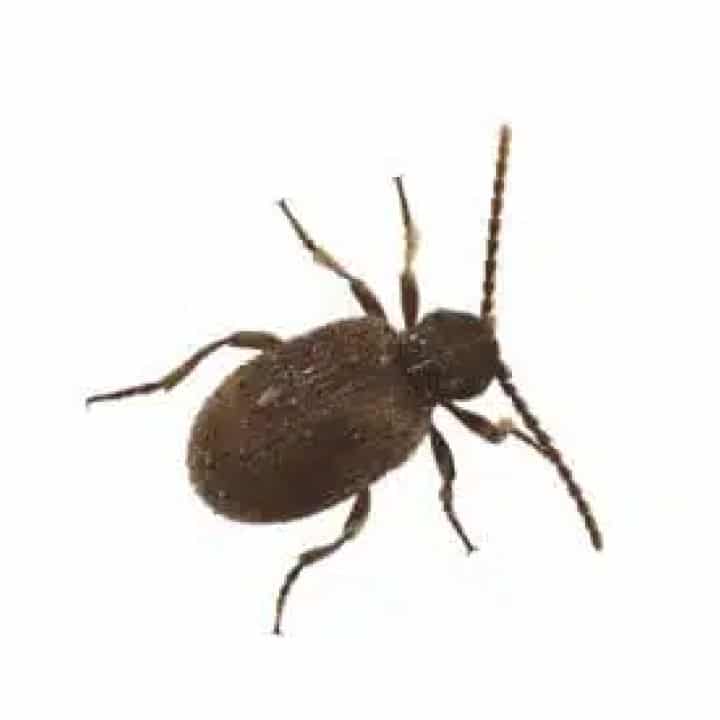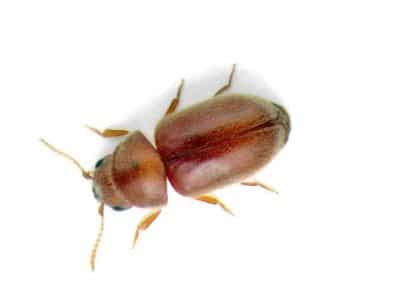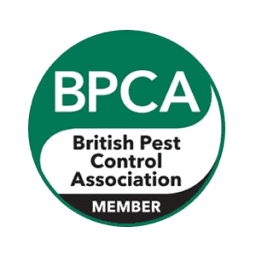Habitat and Distribution – Tobacco Beetle (Lasioderma serricorne)
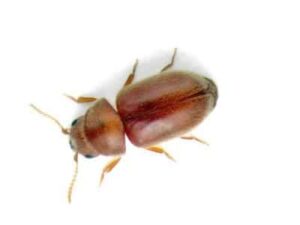
Biology – Tobacco Beetle (Lasioderma serricorne)
Tobacco Beetles are small, measuring between 2 and 2.5 mm in length, with a medium brown body. Their antennae are serrate (saw-toothed) without a terminal club, and their wing cases are smooth and non-ridged. The larvae are particularly destructive, capable of chewing through packaging materials and wrappers to reach stored goods. This ability allows infestations to spread unnoticed in packaged tobacco or other dry goods.
Why They’re a Problem – Tobacco Beetle (Lasioderma serricorne)
The Tobacco Beetle is a major pest in the tobacco industry, especially in tropical regions. It infests cigars, cigarettes, and stored tobacco products, causing physical damage and loss of product. Beyond tobacco, it is also capable of infesting various dried foodstuffs, including cereals and cocoa. Its ability to fly, chew through packaging, and reproduce in high-temperature environments makes it difficult to manage without routine monitoring and targeted control.
Control and Prevention – Tobacco Beetle (Lasioderma serricorne)
Control of the Tobacco Beetle involves ongoing monitoring and regular intervention in high-risk environments:
- Monitoring: Use species-specific pheromone traps to track adult activity in warehouses or tobacco storage facilities.
- Residual insecticides: Apply approved treatments to structural surfaces where adult beetles may rest or emerge.
- Space sprays: These may kill wandering adults but are not sufficient on their own.
- Fumigation: Large-scale fumigation is generally required once or twice a year in most affected warehouses to manage infestations effectively.
Due to the beetle’s capacity to remain hidden and resist light treatments, professional fumigation is often necessary for long-term control.
Professional Support – Tobacco Beetle (Lasioderma serricorne)
If you manage a storage facility handling tobacco or dried plant materials and suspect Tobacco Beetle activity, routine monitoring and timely fumigation are essential. Pest Solutions offers expert support and control plans tailored to high-risk commodities and environments.
Visit https://www.pestsolutions.co.uk to contact our team or book a professional inspection.
